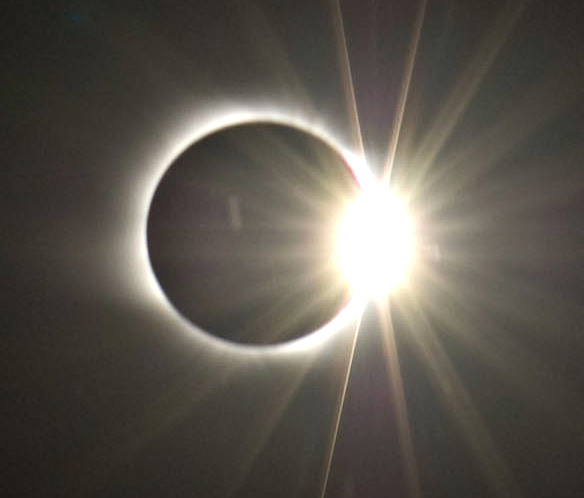Firstly, you have asked some hard (as in solid] questions and ones I would love the proper opportunity to address. Secondly if I do that here this thread will be moved to another fora. [ and I will probably be unjustly accused of trolling]
I haven't been around here long enough to have a sense of the moderation standards. I'm just trying to clarify your misunderstandings regarding the nature of the real numbers. To that extent, this conversation seems on-topic. I'll have to trust the moderators.
We are talking about the circles line [ boundary ] not it's area per see.
Agreed. In your "circle in square" demonstration you pointed out that a circle, being a 1-dimensional shape living in 2-space, has no area. I quite agree. I've been careful to use the phrase "circumference of the circle" to indicate that I'm talking about the circle itself, not the region it encloses. This is a standard convention in math. The unit circle is the set of points satisfying x^2 + y^2 = 1. It's just the circumference we're talking about.
Let me ask you a counter question with the view to going towards answering your questions:
Do you believe in zero?
Does it exist?
If it doesn't exist then why do you believe in it?
I indicated earlier that your basic point of confusion is that you are not distinguishing between math and physics. I'm just talking about math, this being the math section of this website. Zero is a perfectly well-defined real number. It has mathematical existence. Whether it exists in the physical world is no concern of mine in this context. That's a question of philosophy, or physics
[But, FWIW ... I don't even believe that the number 3 has physical existence. 3 books or 3 tables or three planets, yes, those are physical manifestations or instantiations of the number 3. But the number 3 itself does not exist in the physical world. For one thing, the number 3 is not bound by gravity. It's not a physical thing. The number 3 is an abstract mathematical object, just as the number zero is.]
But in the world of modern mathematics, zero is a real number. It's a particular point on the number line. It's the additive identity of the integers considered as an Abelian group. There's no controversy or confusion on this point.
Zero has mathematical existence.
I believe Pi proves the existence of a value [a circles line] that is (< 1/infinity) thick. [In math and physics]
Is that value zero or is it simply (< 1/infinity)?
The expression 1/infinity has no meaning in mathematics. It's not defined. There are no infinitesimal quantities in the real numbers. The thickness of a line in 2-space is zero. This is not in dispute in any way.
But pi is a particular real number on the real number line. It has length zero. Do you understand that? It's just a point. It's a zero-dimensional object. It has no length or width or thickness. Zero. A mathematical point has zero length, zero width, zero area. Pi is a real number that represents a point on the real number line.
Is the circles line zero in thickness [re: Euclid] or is it (< 1/infinity) in thickness or is it paradoxically both?
It's zero. The expression 1/infinity has no meaning. It's undefined. It's true that in calculus we often speak of the limit of 1/x as x goes to infinity. But in that context, the phrase "limit as x -> infinity" has a very specific technical meaning. It's irrelevant here. The thickness of a line or circle in 2-space is zero.
(A value and a non-value simultaneously as is the case with zero)
If I am not mistaken zero does NOT and can NOT equal an infinitesimal. (1/infinity)
There are no infinitesimals in the real numbers. Zero is a perfectly well-defined and well-understood value in mathematics. It's a point on the number line and it's the additive identity of the integers, as I said. One may certainly argue against the existence of zero in physics and/or philosophy. But in mathematics, zero exists and there's no dispute or disagreement about that.
Every number is a zero dimensional point on a real number line....do they exist?
Edit: An appropriate thread in pseudo science about "Reductio ad absurdum" may prove interesting.....do you want to start it or do you want me to...?
One thread like this is plenty for me, thanks. To the extent that you're interested in understanding mathematics, I'm happy to continue. To the extent that this is going to be an unproductive crank discussion, I won't be able to continue much longer. It's up to you. You're the one whose handle identifies you as a quack. I'm trying to talk math with you.
I would like you to directly respond to the question I asked you earlier. You say that pi exists, but that a circle having zero thickness does not exist. But pi is a real number representing a point on the number line that has no length, width, or area. By your logic, pi doesn't exist.
I would answer that pi has perfectly well-understood mathematical existence as a point on the number line. And that the unit circle, the set of points in Euclidean 2-space satisfying x^2 + y^2 = 1, has perfectly well-defined mathematical existence.





